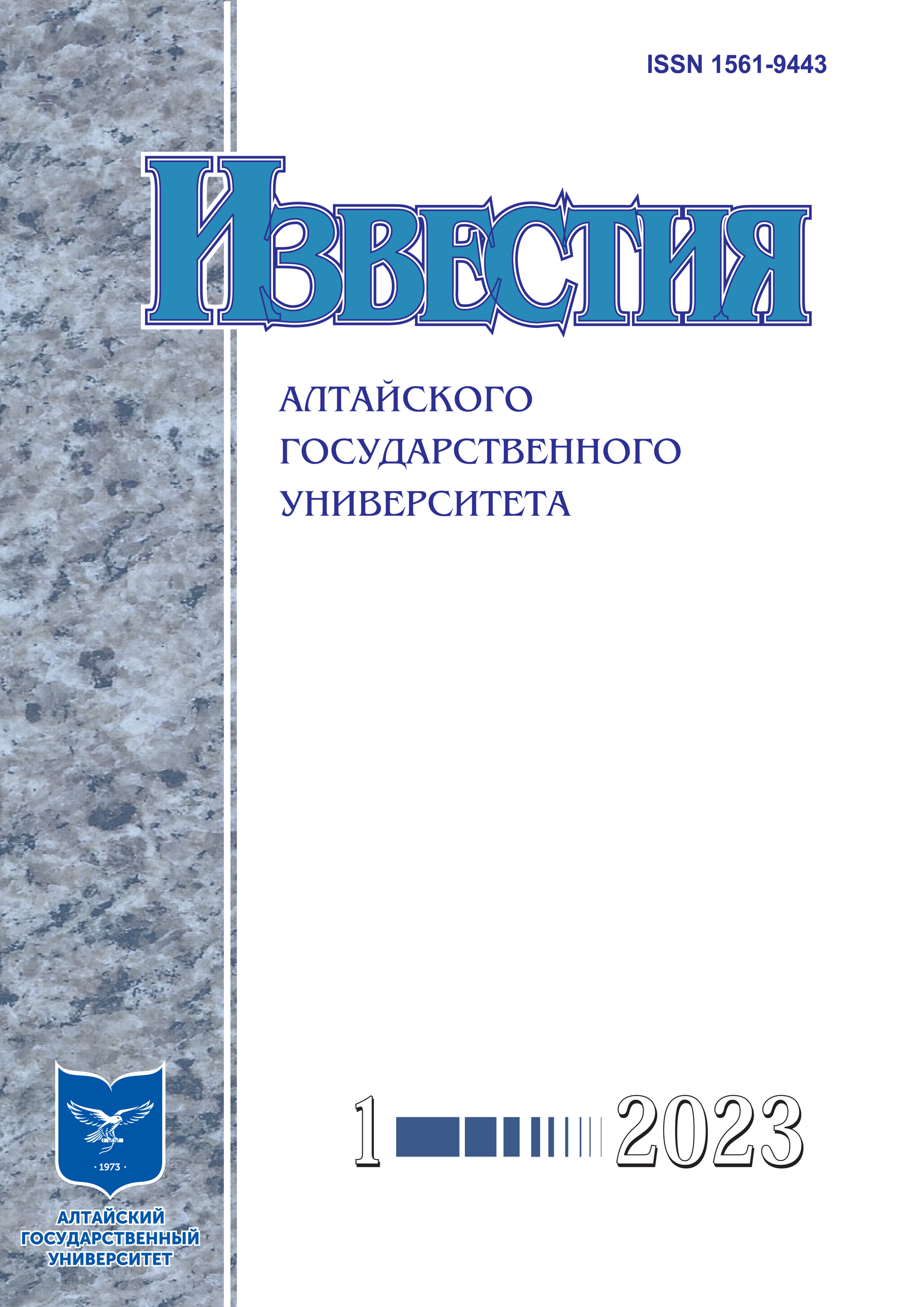Cluster Partitions Optimization Using the Latent Class Analysis Technique
УДК 519.237.8
Abstract
The paper explores the formation of a cluster partition using a system of bundles of vectors. Each object is represented by a vector with coordinates corresponding to its characteristic factors. The study focuses on the principles of changes in the total density of these bundles when objects move from one cluster to another. Based on the findings, an algorithm is proposed to reduce the total intracluster variance of the initial cluster partition.
The proposed algorithm is based on a modern technique for analyzing latent classes. This technique emphasizes that the forming factors of objects within each cluster should be highly correlated. Since the number of forming factors is arbitrary, the algorithm replaces this requirement with the maximum possible proximity of object factor vectors to the average vector within each cluster. The degree of this closeness is referred to as the tightness of the cluster vector bundle.
The paper also introduces a new method for quantifying clusters in the improvable clustering constructed using the proposed algorithm. A practical example of the algorithm's application to process medical data is presented. The study discusses the reasons for the dependence of the algorithm's outcome on the choice of initial cluster partition.
Downloads
Metrics
References
Xu R., WunschD. II. Survey ofClusteringAlgorithms //IEEETransactionson NeuralNetworks, 2005.Vol. 16.№ 3. DOI: 10.1109/TNN.2005.845141.
Xu D., Tian Y. A. Comprehensive Survey of Clustering Algorithms // Ann. Data. Sci. 2015. Vol. 2. DOI: 10.1007/ s40745-015-0040-1.
Rindskopf D. Latent Class Analysis. In: The SAGE Handbook of Quantitative Methods in Psychology , N.Y.: Sage, 2009.
Hagenaars J.A., McCutcheon A.L. Applied LatentClass Analyses Models // Canadian Journal of Sociology, 2003. Vol.28(3).DOI:10.2307/3341848.
Obersky D.L., Hagenaars J.A., Saris W. The Latent Class Multitrait-Multimethod Model 5 // Psychological Methods, 2014. Vol. 20 (4). DOI: 0.1037/a0039783.
Dronov S.V, Sazonova A.S. Two approaches to cluster variable quantification // Model Assisted Statistics and Applications, 2015. Vol. 10. DOI: 10.3233/mas-140314.
Coates A., Ng A.Y. Learning feature representations with k-means // In: Montavon, G.; Orr, G. B.; Muller, K.-R. (eds.). Neural Networks: Tricks of the Trade (Lecture Notes in Computer Science, volume 7700). Springer, 2012.
Vinnikov A., Shalev-Shwartz S. K-means Recovers ICA Filters when Independent Components are Sparse // Proceedings of the International Conference on Machine Learning, 2014. Vol. 32 (II).
Halkidi M., Batistakis Y. Vazirgiannis M. On clustering validation techniques // Journal of intelligent information systems, 2001. Vol. 17 (2-3). DOI: 10.1023/A:1012801612483.
Айвазян С.А., Бухштабер В.М., Енюков И.С., Ме-шалкин Л.Д. Классификация и снижение размерности. М., 1989.
Zahorian S.A., Hu H. Nonlinear Dimensionality Reduction Methods for Use with Automatic Speech Recognition. In: Speech Technologies. Intech Open, 2011. DOI: 10.5772/16863.
Дронов С.В., Шеларь А.Ю. Новый алгоритм выявления и квантификации латентных классов // Известия Алт. гос. ун-та. 2020. Вып. 4 (114). DOI: 10.14258/ izvasu(2020)4-12 .
Copyright (c) 2023 Сергей Вадимович Дронов

This work is licensed under a Creative Commons Attribution 4.0 International License.
Izvestiya of Altai State University is a golden publisher, as we allow self-archiving, but most importantly we are fully transparent about your rights.
Authors may present and discuss their findings ahead of publication: at biological or scientific conferences, on preprint servers, in public databases, and in blogs, wikis, tweets, and other informal communication channels.
Izvestiya of Altai State University allows authors to deposit manuscripts (currently under review or those for intended submission to Izvestiya of Altai State University) in non-commercial, pre-print servers such as ArXiv.
Authors who publish with this journal agree to the following terms:
- Authors retain copyright and grant the journal right of first publication with the work simultaneously licensed under a Creative Commons Attribution License (CC BY 4.0) that allows others to share the work with an acknowledgement of the work's authorship and initial publication in this journal.
- Authors are able to enter into separate, additional contractual arrangements for the non-exclusive distribution of the journal's published version of the work (e.g., post it to an institutional repository or publish it in a book), with an acknowledgement of its initial publication in this journal.
- Authors are permitted and encouraged to post their work online (e.g., in institutional repositories or on their website) prior to and during the submission process, as it can lead to productive exchanges, as well as earlier and greater citation of published work (See The Effect of Open Access).








